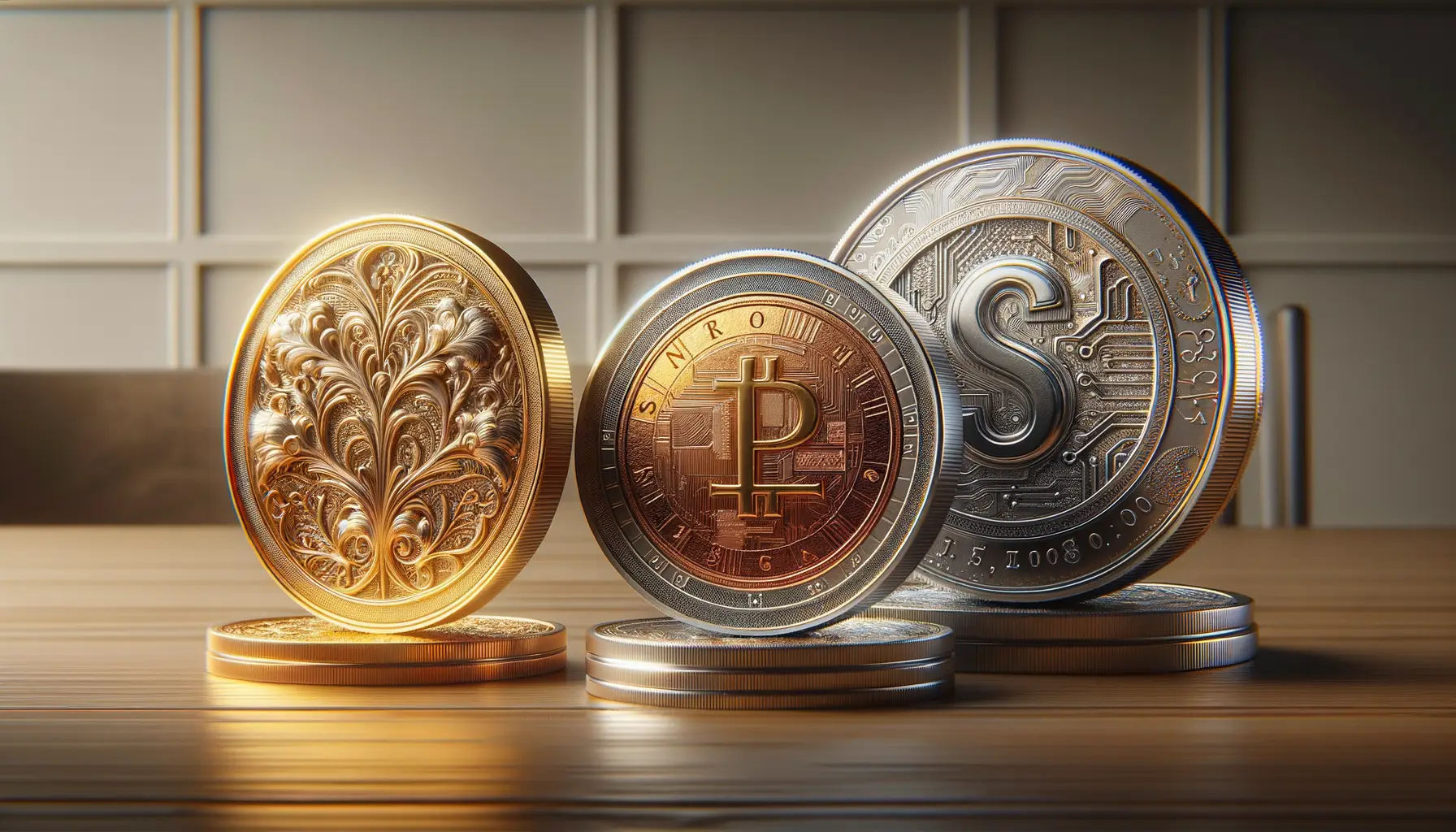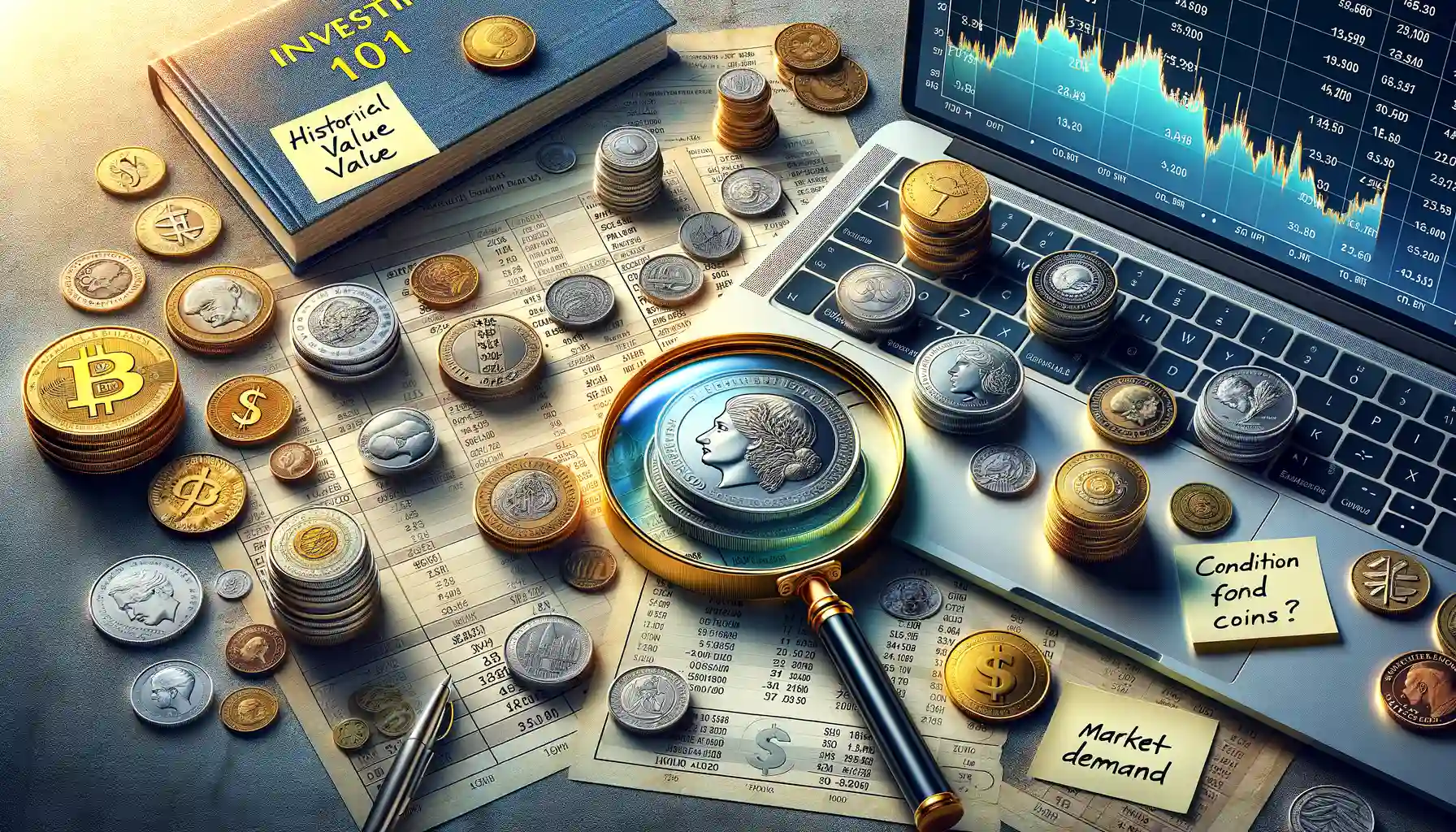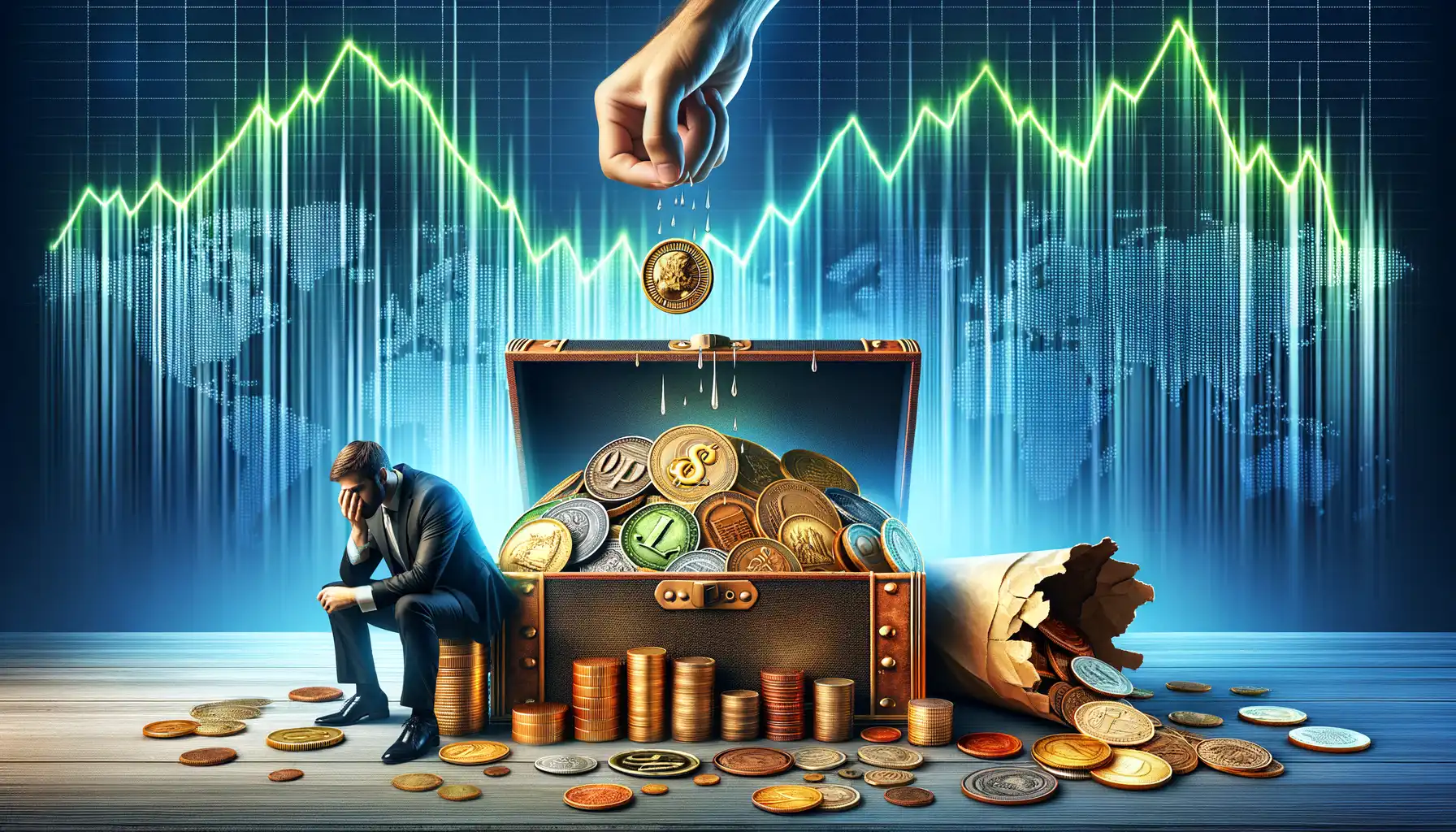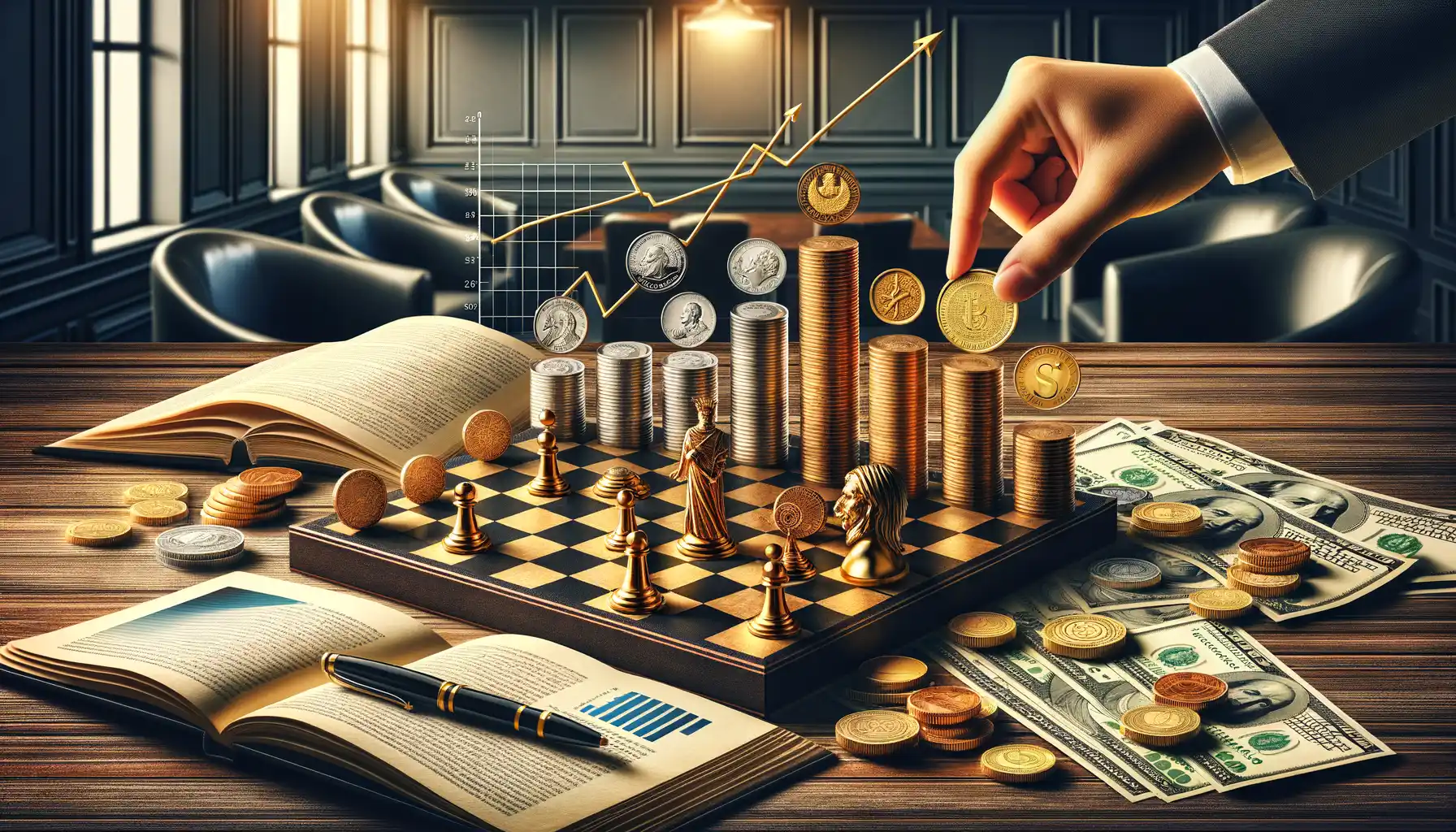Understanding Coins as an Investment Asset
The Allure of Coins: More than Just Shiny Objects
Investing in coins isn’t just about hoarding stacks of glittering metal—it’s about holding a piece of history, art, and value in the palm of your hand. Think of it as treasure hunting, but instead of pirates and maps, you’re navigating markets and mintages.
Coins are unique as an asset class because they blur the line between tangible beauty and financial potential. A single gold coin can represent centuries of craftsmanship and intrinsic value, while a rare silver dollar might carry a story deeper than any stock certificate ever could.
What makes coins stand out?
- Historical significance: Some coins commemorate monumental moments—wars, revolutions, and monarchies.
- Scarcity: Limited mintages, errors, or discontinued designs can skyrocket their value over time.
- Intrinsic material worth: Precious metals like gold, silver, and platinum provide a bedrock of stability in volatile markets.
It’s not just investment—it’s a game of passion and precision. One day, you could be marveling at a gleaming Krugerrand; the next, you’re discovering a long-forgotten coin with a priceless story etched into its surface.
Why Coins Speak to Both the Heart and Wallet
Unlike stocks or bonds, coins offer something tangible you can touch and admire. They don’t just sit silently in a portfolio—they tell stories, spark conversations, and even evoke nostalgia. Imagine holding a Roman denarius that once passed through ancient markets or a U.S. double eagle coin that weathered the Great Depression.
But this charm isn’t just for show—coins also serve as a hedge against inflation. When currencies falter, the value of precious metal-based coins often holds firm. That said, the combination of emotional engagement and stability makes coins a fascinating dual-purpose asset. They aren’t merely investments; they are tangible legacies waiting to be rediscovered.
Types of Coins for Investment

Rare Coins with Historical Significance
Some coins are more than just shiny treasures—they’re windows into the past. Investing in rare coins, often called “numismatic coins,” is like owning a piece of history in the palm of your hand. These coins gain value from their rarity, age, and unique stories. Imagine holding a century-old gold St. Gaudens Double Eagle or a silver Morgan Dollar from the Wild West era—talk about an investment that feels alive!
Collectors adore these gems for their artistry and historical connection, but they also pack serious financial potential. However, not all rare coins are created equal. Consider:
- Key Date Coins: Coins minted in especially low numbers during specific years.
- Graded Coins: Assessed by a professional service (like NGC or PCGS) to certify quality and authenticity.
Owning one of these feels less like buying an asset and more like being entrusted with a legacy.
Bullion Coins for Pure Value
If you’re seeking something straightforward—pure metal content tied to market prices—then bullion coins are the gold standard. Literally. Think American Gold Eagles, Canadian Silver Maple Leafs, or Austrian Philharmonics. These aren’t about rarity—they’re about intrinsic value. If the global economy hiccups, owning bullion is like having a safety net made of precious metals.
What’s exciting? They’re universally recognized, easy to trade, and bring peace of mind in uncertain times. It’s wealth you can hold, gleaming and tangible, no bank required.
Factors to Consider Before Investing in Coins

What Makes a Coin Worth the Investment?
When diving into the shimmering world of coin investments, it’s not just about grabbing every shiny thing that catches your eye. There’s depth, intrigue, and sometimes even a hidden story waiting to be discovered. But first—you need to know what to look for.
1. Rarity: Think of rarity as the secret sauce of a coin’s value. The fewer there are in circulation, the more desirable they become. Imagine owning something only a handful of people can ever hold—it’s exhilarating, isn’t it?
2. Condition (or Grade): Coins are graded on their state—does it still sparkle like it was minted yesterday, or has time left its whispers on its surface? Higher grades mean higher value.
3. Historical and Cultural Significance: Did this coin witness a revolution? Was it a symbol of an empire’s peak? History buffs often pay a premium for coins that tell a tale.
- Your grandmother’s love letter might not sell for millions, but a coin linked to a famous monarch? Much more likely.
- Anything with a compelling backstory fetches more attention—and dollars.
The Market: Timing & Demand
The coin market is much like the stock market—it ebbs and flows based on trends, demand, and sentiment. For instance, during economic downturns, investors may flock to precious metal coins made of gold or silver. But here’s the catch: knowing when to buy and sell is as much art as science.
Finally, don’t overlook the authenticity factor! Counterfeits lurk, so lean on expert appraisals and reputable dealers. Because when it comes to coins, the devil is in the details—and the profits are too!
Benefits and Risks of Coin Investments

The Upside of Investing in Coins
Imagine holding a piece of history in the palm of your hand, a coin that gleams not just with metal but with the promise of growth. The benefits of coin investments can feel almost magical at times. Let’s explore why collectors and investors alike are drawn to these glittering treasures:
- Tangible Value: Unlike stocks or bonds that live in the abstract realm of numbers, coins are physical, timeless assets. You can hold them, admire their craftsmanship, and marvel at their historical significance.
- Inflation Protection: Precious metal coins, especially gold and silver ones, often act as a shield against inflation. Their value tends to rise when paper currency is losing its worth.
- Portfolio Diversification: Coins introduce variety into your investment portfolio, balancing risk and reducing dependency on traditional markets.
The Flip Side: Risks You Should Know
Now, let’s get real – coin investments aren’t all shiny perfection. Behind the allure, there are risks that require your attention. Jumping in blindly is like relying on a compass without checking for magnetic interference.
Counterfeit Concerns: Fake coins are a genuine threat. If you’re not vigilant, you could end up with a pretty piece of metal worth far less than you paid.
Market Volatility: Even valuable metals like gold can experience price swings. Numismatic (collector) coins are even trickier, as their value depends heavily on rarity, condition, and demand.
Storage and Security: Coins need safekeeping. Think about secure vaults, fireproof containers, or safety deposit boxes. Your treasure deserves protection, but it’ll cost extra.
The sparkle of coins is captivating, but remember: every gem has its flaws. Balancing knowledge with passion is your best tool here!
Tips for Successful Coin Investment Strategies

Start with Coins That Speak to You
Investing in coins is like building a treasure chest—each piece should feel meaningful. Don’t just chase trends or what everyone else is buying. Instead, focus on coins that resonate with you. For example, maybe you’re drawn to the shimmer of gold bullion coins, or the intricate detail on historic collectibles like the 1804 Silver Dollar. The emotional connection can keep your investment journey exciting while ensuring you’re not solely driven by market speculation.
Keep Your Eyes (and Mind) Sharp
The coin market isn’t for the fainthearted—it rewards those who stay informed and nimble. To boost your strategy, consider these tips:
- Research relentlessly: Dive into auction records, past performance trends, and reputable sources like the Professional Numismatists Guild.
- Condition matters: A pristine coin in mint state can command exponentially more value than its worn counterpart. Never underestimate the power of high-grade coins.
- Beware of fakes: Counterfeits lurk in every corner of this glittering world. Always authenticate through trusted dealers or grading services like PCGS or NGC.
Lastly, think long-term. Coin investing isn’t about flipping profits overnight. It’s about patience, passion, and playing the long game. Let the coins—and their stories—work for you over time.